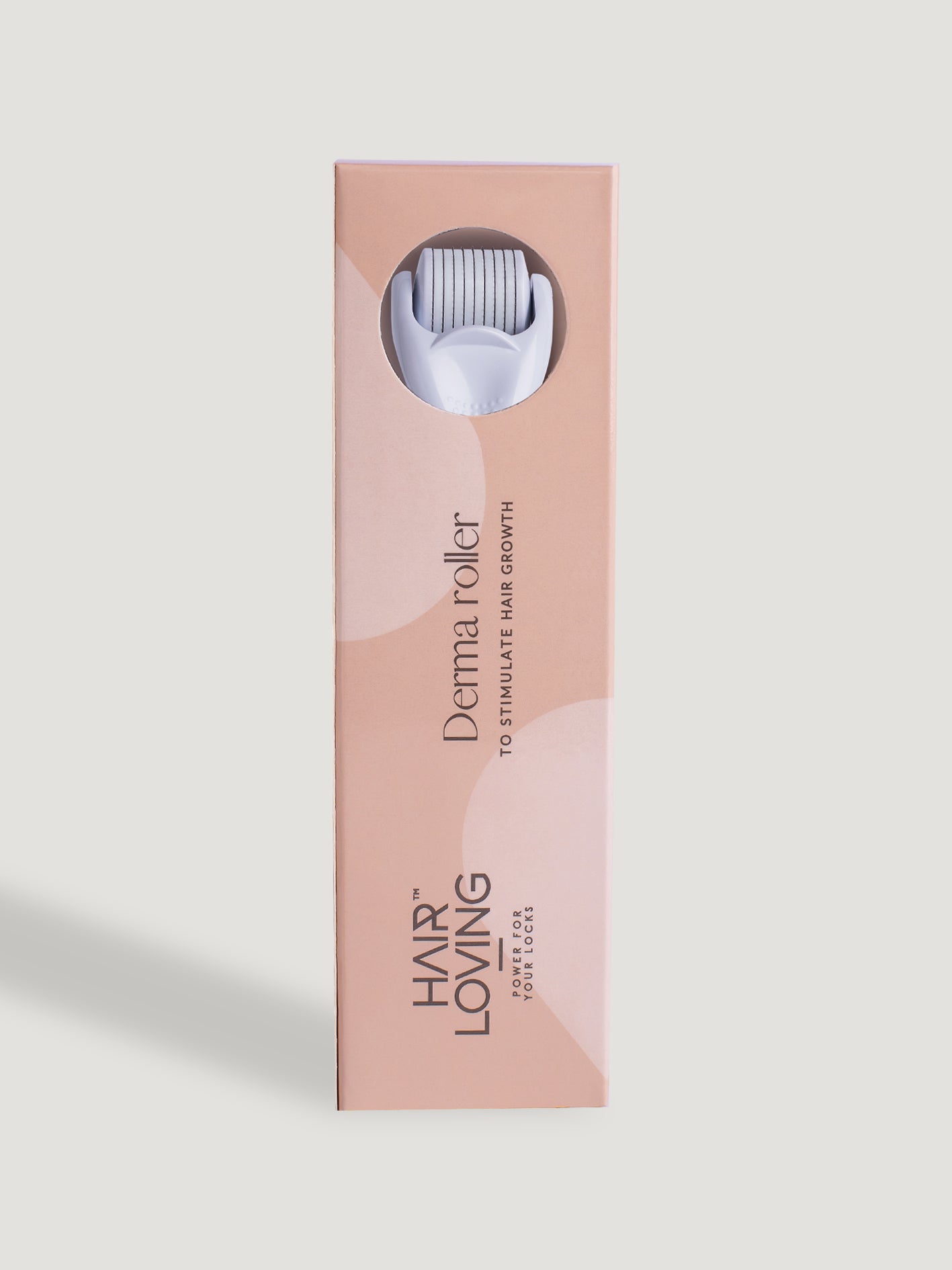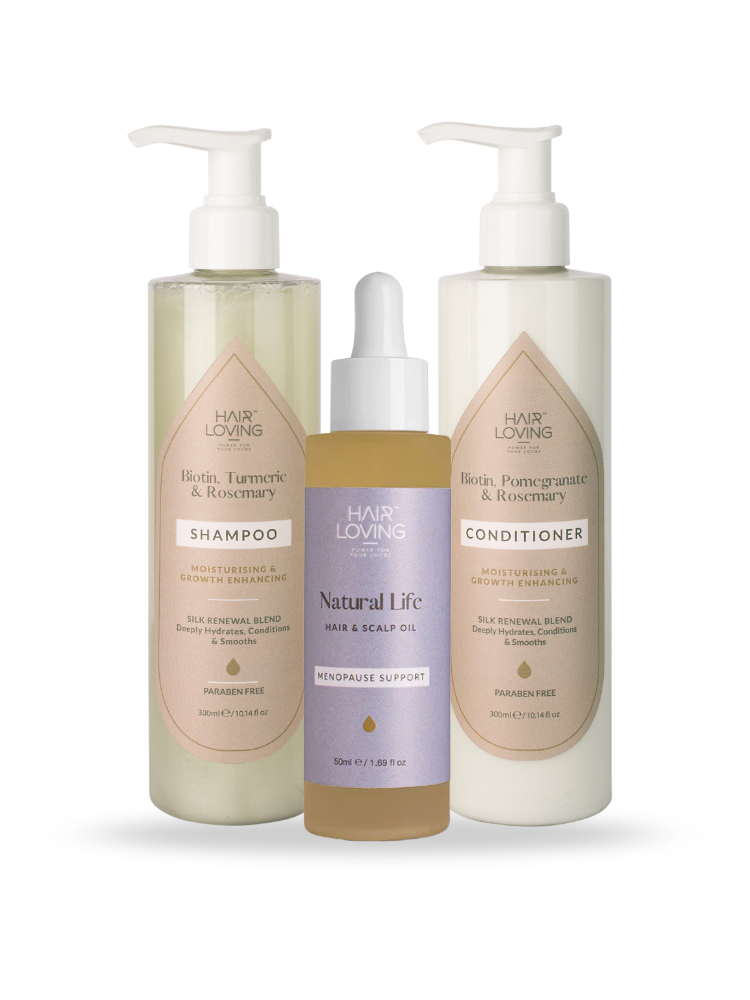n the quest for fuller, healthier hair, many people are turning to innovative techniques to stimulate growth. One such method gaining traction is scalp dermarolling. But what exactly is it, and how does it work? In this blog post, we’ll delve into the science behind scalp dermarolling and its potential benefits for hair growth.
What is Scalp Dermarolling?
Scalp dermarolling involves using a small device covered with microneedles to create tiny punctures in the scalp. This process is known as microneedling. Although it may sound daunting, the technique is minimally invasive and can be performed at home or in a professional setting.
How Does It Work?
1. Increased Blood Circulation: The primary action of dermarolling is to stimulate blood flow to the scalp. By creating micro-injuries, the body responds by increasing circulation to the area, delivering essential nutrients and oxygen to hair follicles.
2. Collagen Production: Microneedling encourages collagen production in the scalp. Collagen is vital for maintaining the structural integrity of hair follicles and supporting healthy hair growth.
3. Enhanced Absorption of Hair Products: Dermarolling can improve the absorption of topical treatments, such as minoxidil or essential oils. When the scalp is prepped with tiny channels, these products can penetrate more deeply, enhancing their effectiveness.
4. Activation of Growth Factors: The micro-injuries created during dermarolling can trigger the release of growth factors that are essential for hair regeneration. This process helps to awaken dormant hair follicles and encourages new hair growth.
Scientific Evidence Supporting Dermarolling
Several studies have explored the effectiveness of microneedling in promoting hair growth:
- Study 1: A clinical study published in the *Journal of Cosmetic Dermatology* examined the effects of microneedling on men with androgenetic alopecia (male pattern baldness). Participants who underwent dermarolling along with minoxidil experienced significantly more hair regrowth compared to those using minoxidil alone.
- Study 2: Another study in the *International Journal of Trichology* found that microneedling resulted in increased hair count and improved thickness in individuals with alopecia areata. The results indicated that microneedling may serve as a promising adjunctive treatment.
How to Get Started with Scalp Dermarolling
If you’re interested in trying scalp dermarolling, here’s a simple guide to get you started:
1. Choose the Right Dermaroller: Look for a dermaroller with needle lengths between 0.5mm to 1.5mm for scalp use. Longer needles can be painful and may cause excessive damage.
2. Prepare Your Scalp: Clean your scalp thoroughly before starting. You may also want to apply a numbing cream if you have a low pain tolerance.
3. Technique: Gently roll the dermaroller over your scalp in multiple directions (horizontally, vertically, and diagonally) without applying too much pressure. Aim for a few passes over each area.
4. Post-Care: After dermarolling, apply your favorite hair growth serum or essential oils to maximize absorption. Avoid washing your hair for at least 24 hours to allow the scalp to heal.
5. Frequency: Start with once a week and adjust based on how your scalp responds. Overuse can lead to irritation.
Scalp dermarolling is an exciting technique that offers potential benefits for those seeking to enhance hair growth. By stimulating blood flow, promoting collagen production, and enhancing the absorption of topical treatments, dermarolling can be a valuable addition to your hair care routine. As always, consult with a healthcare professional or dermatologist before starting any new treatment to ensure it’s suitable for your individual needs.
With a little patience and the right approach, scalp dermarolling may just unlock the door to a fuller, healthier head of hair!





